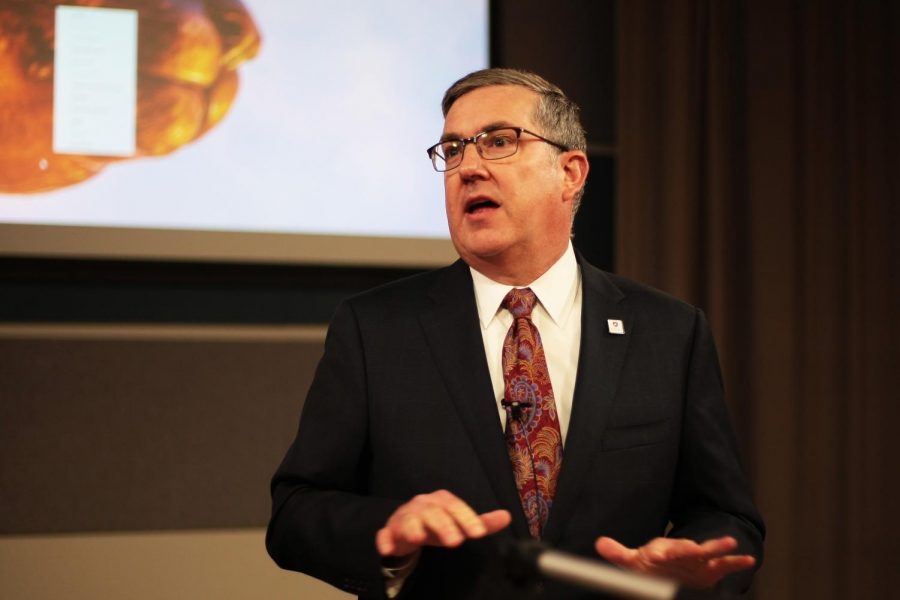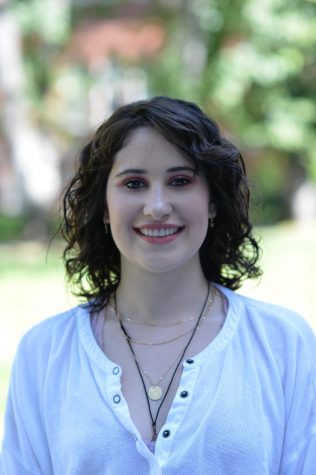Schulz says fall classes will still happen
Class sizes will likely reduce to 25-50 students; semester might end at Thanksgiving
BEN SCHUH | DAILY EVERGREEN FILE
WSU President Kirk Schulz said finalized decisions about fall will be communicated to student, faculty and staff within the next four to six weeks.
May 31, 2020
The university is planning for in-person instruction come fall, but the WSU experience will likely look drastically different, said WSU officials in an online town hall Friday morning.
WSU interim provost Bryan Slinker said the university plans to reopen for fall, even though classes will not return to full face-to-face learning.
He said it is possible students will end their semester at Thanksgiving to avoid winter flu season.
“The generalities are gelling,” Slinker said. “The specifics of classes and what classrooms [will look like] — that will take longer to figure out.”
While consulting with other PAC-12 universities, Slinker said WSU will likely follow other schools’ plans to reduce class size to 25-50 students.
However, Slinker said no decisions have been made. President Kirk Schulz said the university will solidify and communicate these decisions in the next four to six weeks.
Written guidelines for employers, also set to come out in the next few weeks, will encourage contact tracing, intense cleaning especially for larger classrooms, and social distancing policies for both on and off-campus WSU events, Schulz said.
“We’re working on it and we will continue to keep everybody informed as we move forward,” Schulz said.
Returning the workforce
As the university works to implement safety procedures for campus employees, Theresa Elliot-Cheslek, WSU Chief Human Resource Officer, said if an employee can do their job from home, they should stay home.
Elliot-Cheslek said there will be general written guidelines that require safety and social distancing training coming in the next week or so.
Budget reduction update
Schulz said the university asked its chancellors, deans and vice presidents to create scenarios if the state’s recommended 10 percent budget cut is met.
The decisions about the budget will continue until the middle of the summer, Schulz said, so no cuts will happen suddenly. However, the cut would dramatically limit the services available for students and faculty.
“It’s gonna affect people,” Schulz said. “It’s gonna affect what we do with students.”










